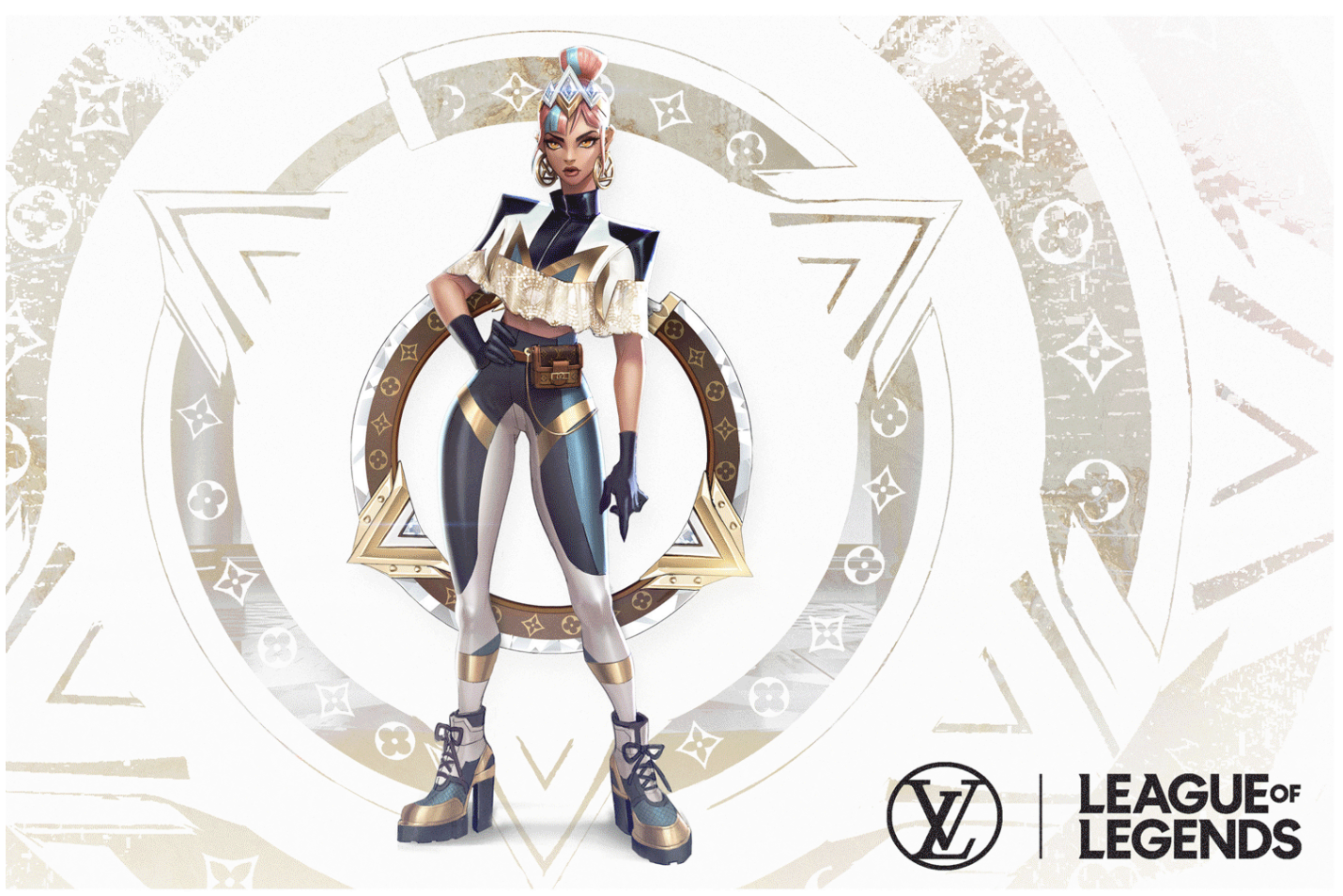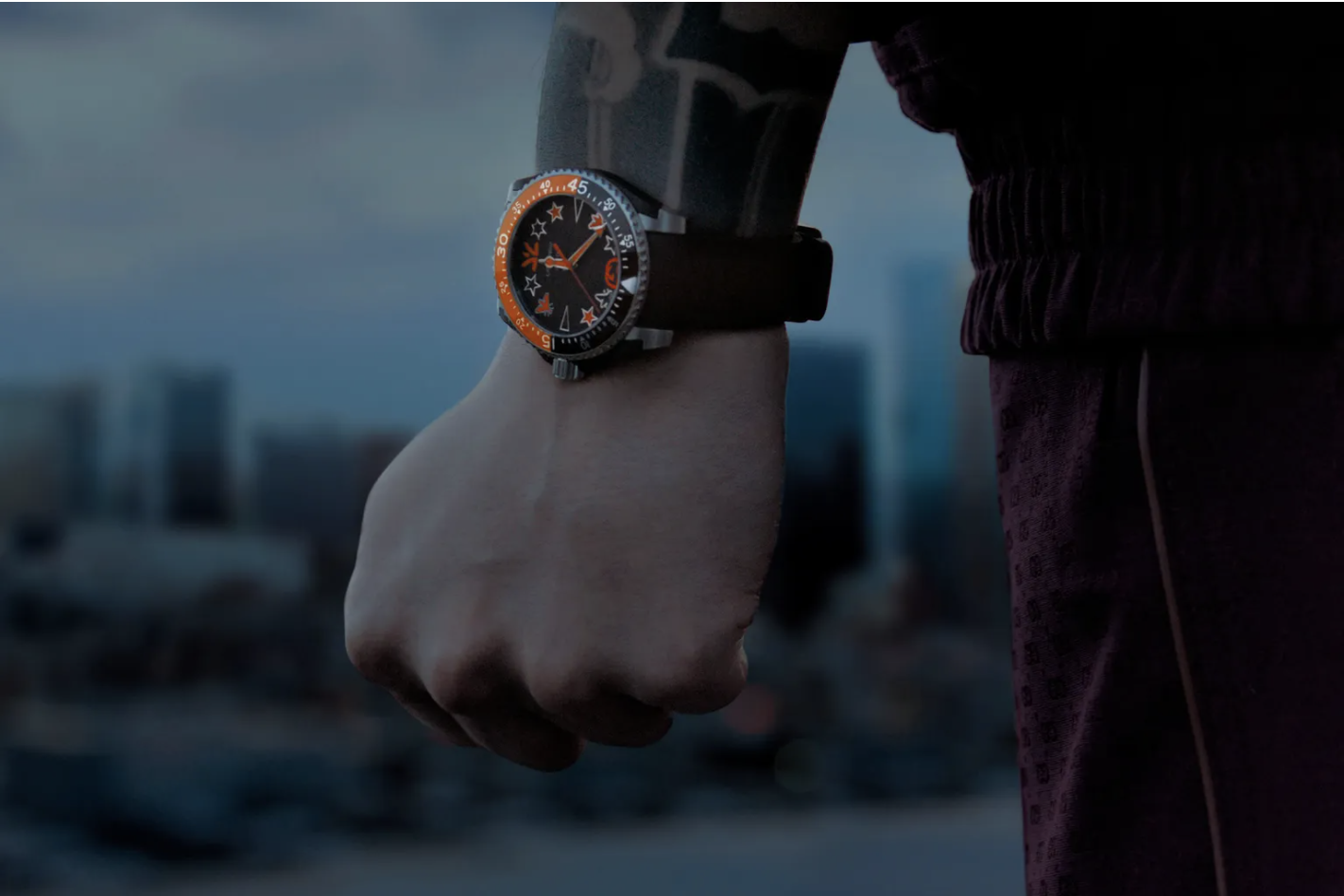"E-sports+" in COVID-19: Fashion and Esports Make Their Way, Hand-in-Hand and Hopefully
This article is from our archives, originally written on August 7th, 2020
Louis Vuitton x League of Legends 2019 partnership. Design by Creative Director Nicolas Ghesquière.
Source: Riot Games
Sooner or later, we might see an esports club on Madame Figaro’s cover. While going through inside pages, we might find an advertisement of the limited-edition Gucci Dive watch, featured by Fnatic.
The global pandemic is squeezing the living space out of many industries, such as the traditional fashion industry. However, to some Internet-based fields such as esports, the pandemic has produced more opportunities and spotlights for them instead. It has also catalyzed more cross-border cooperation: traditional industries need new blood to twist the adverse situation. In contrast, emerging industries want legacy icons or brands to help them unlock broader markets. Hence, the marriage between fashion and esports under the pandemic is unexpected, but predictably, influential.
Fnatic x Gucci Dive watch (US$1,600)
Source: Gucci
In June, such boundary-breaking cooperation came to an exciting climax; multiple partnerships were launched one after another. On Jun. 9, the German-speaking region League of Legends competition, Prime League, announced a collaboration with the American clothing company Levi’s. On Jun. 25, in partnership with the global esports entertainment organization Fnatic, Gucci launched a limited-edition collection of Gucci Dive watches, bringing Gucci’s eclectic aesthetic into the world of electronic gaming. In the esports’ new Wild West, China, such partnerships are also a popular trend. In June, the Chinese esports club WE and the legacy French fashion magazine Madame Figaro agreed on a partnership “to explore possibilities in esports fashion.” Other esports organizations such as Louise Vuitton, Gentle Monster, and PUMA are successively rushing into this arena.
Indeed, increasingly more fashion and luxury brands have been establishing cross-border collaborations with esports teams and organizations for jointly signed products and strategic media campaigns in recent years. The goals are the same: fashion brands need esports as a key to enter younger markets, while esports need a shortcut to win public recognition more rapidly. These partnerships include public relations sponsorships, collaboration products, other strategic cooperation, and special-edition advertisements. Some brands focus on specific esports teams, while others might directly collaborate with esports leagues.
From their partnership with esports brands, fashion brands can quickly improve their recognition among younger generations and rejuvenate their brand images. Meanwhile, the purchasing power younger generations obtain is what these fashion brands want to aim at and to lock ahead of time. According to Bain’s 2019 report about the global luxury market, millennials (Gen Y) and Gen Z customers hold significant purchasing power. In 2019, Gen Y accounted for 35% of consumption. Gen Z customers are regarded as the future of luxury and fashion buyers. “Gen Z customers are the new frontiers of tomorrow’s luxury market – and they already represent a growing portion of luxury consumption in Asian markets,” said Federica Levato, a Bain & Company partner and co-author of the 2019 report. Because the primary audience group of luxury and fashion is younger, it overlaps with the typical demographics which comprise the esports fan community.
Moreover, the consumption behavior of younger fashion and luxury buyers is similar to how esports fans connect with the games or teams they support. In Bain’s study, Levato also said, “they [Gen Z customers] see themselves as critical actors of the creativity and conversations with luxury brands; they are returning to products, stores, and physical interactions with brands to truly connect and engage emotionally with them.” Interestingly, from the comment board under the news release of Fnatic-Gucci’s jointly signed wristwatch collection, we can also see that loyalty and emotional engagement are frequently mentioned by esports fans communities.
However, misconceptions and lack of cultural recognition continue to be significant issues that are hampering the further development of esports. Compared with traditional sports events, esports has long represented a minority; the dispute about whether “esports is real sport” or not has never ended. In one way, the pandemic represents an opportunity, as it has terminates most traditional sports events globally and allowed for esports tournaments to thrive. According to Newzoo’s Global Esports Market Report 2020, global esports revenues will grow to US$1.1 billion in 2020, a year-on-year growth of 15.7%, up from US$950.6 million in 2019. In the mobile esports area, emerging markets in Southeast Asia to Brazil are leading industrial growth.
For the very niche sporting event of esports, an unprecedented opportunity has come to help them win more public recognition. Via partnerships with well-known fashion brands, esports organizations and leagues can rapidly establish a more mature public image to a broader, older audience. These new business values will be key to breaking misconceptions and niche market boundaries.


